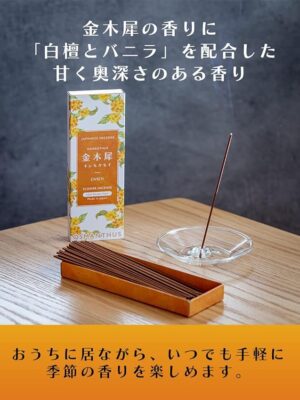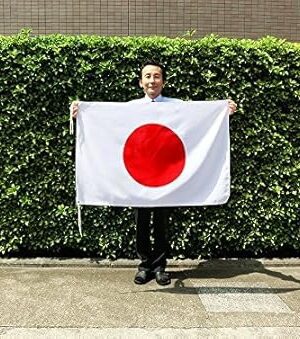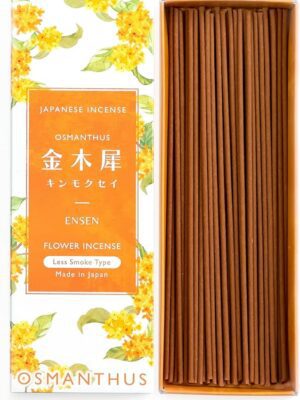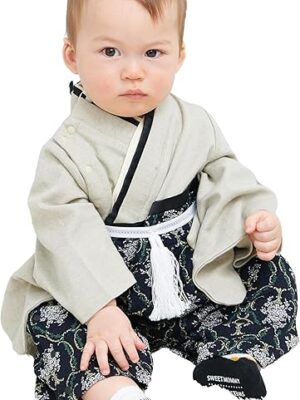Amazon Affiliate Linked Japanese Goods Shop
-
Sale!
Industry Original Attachment Climax Rotor Nipple Attack
Original price was: $24.$20Current price is: $20. Buy it on Amazon Japan and Ship to Your Local Country -
Sale!
Showa 1926-1939: A History of Japan (Showa: A History of Japan, 1) by Shigeru Mizuki
Original price was: $30.$22Current price is: $22. Check it out on Amazon
Share this Post
Oji Shrine 王子神社
Oji shrine (王子神社) literally means prince shrine and is designated as one of the Tokyo Ten Shrines (東京十社, Tokyo Jissha) It is located in Kita ward in the northern part of the metropolis. Though all of these shrines are very old, this one is relatively new compared to to Kanda shrine and some others. Established around 1321 – 1324 during the Kamakura era when the power shifted from Kyoto aristocrats to south Kanto samurai. Thus Oji shrine was in existance around three hundred years before the foundin of the city of Edo (now a days known as Tokyo). This shrine is dedicated to the worship of the Shinto deities Izanami-no-Mikoto and Amaterasu-ōmikami. Izanami-no-Mikoto was one of the last generation of primordial gods and is the goddess of creation and death in Japanese mythology, the mother of the sun goddess Amaterasu-omikami, creator of many islands of the Japanese archipeligo, and the progentor of the Japanese royal family according to Japanese mythology. Oji shrine also gives its name to the surrounding area.
Other than the overwhelming beauty of the shrine and its environs and ancient history and contributions to Tokyo and Japan in general, Oji shrine also boasts a giant ginkgo tree, suspected to be 600 years old and designated a Natural Monument in 1939, and for its annual festival (held in August), which includes a mikoshi parade and a performance of dengaku dance. During WWII most the shrine was destroyed, however the gingko tree survived with some damage to the top part of its trunk. The festival in August is formally known as Ōji Jinja Dengaku Mai 王子神社田楽舞. The main event is the dengaku dance. The age range of the dancers are 8 – 10 years old, and thus are ‘princes’. This dance of the princes is what gave the shrine its name.
Oji shrine can be reached by JR trains via Oji station on the Keihin-Tohoku line. It can also be reached from Ojiekimae station on the Toden-Arakawa line. Both of these lines can be boarded at Ueno station near Ueno park.
References
In English
The Dance of Princely Divinities: Scenes from the Ōji Shrine Dengaku Festival
By calebscarter
OJI Iketeru Japan
Photo thanks to tak1701d @ WikiMedia.org.









